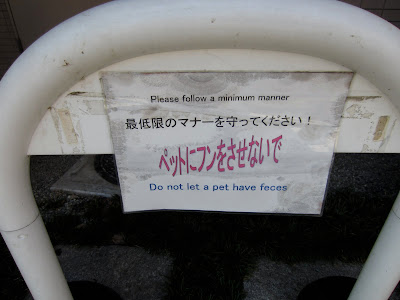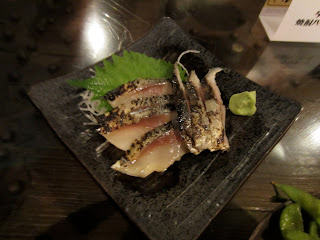You are strictly forbidden to share the content of a JLPT test online, so I won't be doing that. But here's a brief overview of how the test was structured:
Section 1: vocab and kanji. We had 30 minutes for this, and there were five sections. For example, one section had a sentence with underlined kanji words, and you had to choose the hiragana reading for that kanji. Another section had a vocabulary word, and you had to choose the sentence that used that word correctly in context.
Section 2: grammar and reading, lasting 70 minutes. The grammar section includes grammar questions, some 'put the words in the correct order' questions, and a 'choose the correct grammar to fill in the blanks in this story' questions. There are several short and medium-length readings with comprehension questions. This tends to be the section that people find difficult; you can't be too slow at reading, and you need to know a reasonable amount of kanji, vocab and grammar to do well.
Section 3: listening, which takes about 40 minutes. There are several listening sections; some have you choose pictures that correspond to the correct answer; some have you choose sentences; others have nothing written on the page but you must listen and then choose the right answer by listening. Listenings are played only once each.
We had a short break between each section.
All in all, the experience and test style were similar to the old JLPT level 3 that I took several years ago. The main difference from the old tests - and the one they advertise - is that they are trying to test practical/communicative skill a bit more. Obviously, this is difficult to do in a multiple-choice paper test, but some of the ways they did this were:
- a grammar section where you must organise words into the correct order in a sentence
- listening questions where you must choose what language a person would actually use in a given situation (for example, if you're greeting a customer, or offering to help someone, what expression would you use?)
- having a 'real world' reading text (where you must find relevant information in a brochure or timetable, etc)
I think these are nice additions. This sort of thing comes more naturally to you if you have lived in Japan and learned most of your Japanese in real world situations anyway.
So how did I do? I think I did pretty well. My weakest section was probably grammar/reading. I had enough time to read (reading is the area I practised most, pre-test). But I didn't have time to re-read, and I tend to miss questions if I can't re-read a text carefully. The problem I have with reading is that I tend to dither between two answers that seem like they could both be correct; I've obviously overlooked a nuance or misunderstood a particular word, so I can't confidently pinpoint the correct answer.
In this recent post I mentioned the study materials I'd been using. How well did they prepare me for the actual test? They were okay; I think they set a slightly higher standard than the real test required. The 'sample test' book was useful as it helped me work out what grammar points I needed to study. Then I referred to the grammar book ('Sou Matome') to check the meaning/use of those points.
The reading book ('Jitsuryoku Up!') was useful, and the most interesting to study with. I mentioned that this reading book had quite difficult readings, as none of the kanji had furigana, and they used some quite difficult words. The real test did have more furigana than that book; you still needed to be able to read quite a few kanji, but you weren't expected to know all of them. So in regard to kanji, the real test was easier than in Jitsuryoku Up. The complexity of the texts was similar, though.
It also seemed like the real test's kanji/vocab section was easier than any sample test I had taken. Actually, this happened to me last time I took the JLPT. Each time, I did several sample tests, and didn't do very well on the kanji/vocab - always lots of answers I was completely guessing. On the real test, it seemed like they were not testing at quite such a high level and the words were more familiar. Perhaps I just got lucky both times. Anyway, I think it's always better to do sample tests that are more difficult than the real thing; that way, the real test won't come as a shock.
It also seemed like the real test's kanji/vocab section was easier than any sample test I had taken. Actually, this happened to me last time I took the JLPT. Each time, I did several sample tests, and didn't do very well on the kanji/vocab - always lots of answers I was completely guessing. On the real test, it seemed like they were not testing at quite such a high level and the words were more familiar. Perhaps I just got lucky both times. Anyway, I think it's always better to do sample tests that are more difficult than the real thing; that way, the real test won't come as a shock.




























